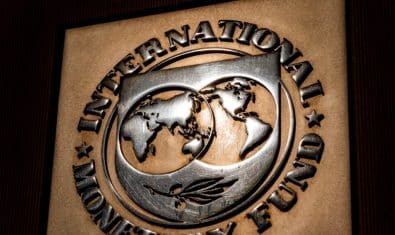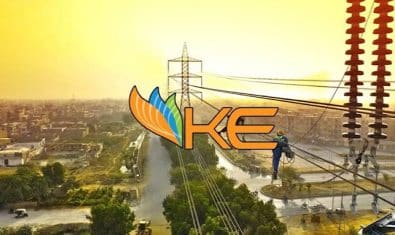The Idara-e-Taleem-o-Aagahi (ITA) has launched its annual report on constituency-based education mapping for the year 2022, with a focus on NA-171, NA-232, NA-11, and NA-42 in Pakistan.
The report, known as the Annual Status of Education Report (ASER), is one of the largest surveys on education in the country.
The ASER report provides reliable and independent estimates on the state of education in Pakistan, with a particular emphasis on enrolment numbers, learning levels of children, school facilities, and household indicators that impact learning and its quality. It is an essential tool for policymakers, researchers, and educators looking to understand the current state of education and identify areas for improvement.
The launch event for the report was held on Tuesday in Bahawalpur and attracted a range of attendees, including eminent educationists, policymakers, civil society members, politicians, political workers, education department bureaucrats, assistant education officers, school heads, and media CSOs. All were keen to hear about what had been promised and delivered in the past five years.
The recently launched ASER has revealed key findings on enrolment and learning levels in four Pakistani constituencies: Bahawalpur NA-171, Kohistan NA-11, Mohmand NA-42, and Thatta NA-232.
The report highlights variations in enrolment levels across the constituencies, with Bahawalpur NA-171 showing the highest enrolment rate at 65% for children aged between 5 and 16 years. Kohistan NA-11 followed with 62%, Mohmand NA-42 with 61%, and Thatta NA-232 with 53%.
The report also shows that girls are lagging behind boys in all constituencies, with the largest gaps at elementary and secondary levels. More than 30% of girls are out-of-school at the secondary level, with Kohistan having an alarming percentage of 60% of girls out of school at this level. Mohmand shows a particularly high proportion of out-of-school girls, with 37% not enrolled in school.
In terms of learning outcomes, Bahawalpur NA-171 has the highest proportion of students with consistently higher learning levels, with 45.4% of students able to read a story in Urdu/Sindhi/Pashto, 49.4% able to read a story in English, and 46.5% able to do division. However, the percentage of students achieving these levels is still less than 50%. In contrast, Thatta has the lowest learning levels, with less than 20% of students being above beginner level in each competency.
The report also shows that private school students in all constituencies, except Kohistan NA-11, exhibited higher learning levels than those enrolled in public schools.
For grade 5, public schools in Bahawalpur NA-171 displayed the highest levels of learning, with 72% of public school students able to read a story in Urdu/Sindhi/Pashto, 61% able to read sentences in English, and 66% able to perform 2-digit division. In contrast, only 33% of public school students in Thatta can read a story in Urdu/Sindhi/Pashto.
The report launch event saw participants discuss the findings and offer their insights on the way forward. Representatives from the four constituencies promised to work towards improving girls’ education, initiating enrolment drives, and improving the quality of education.


























